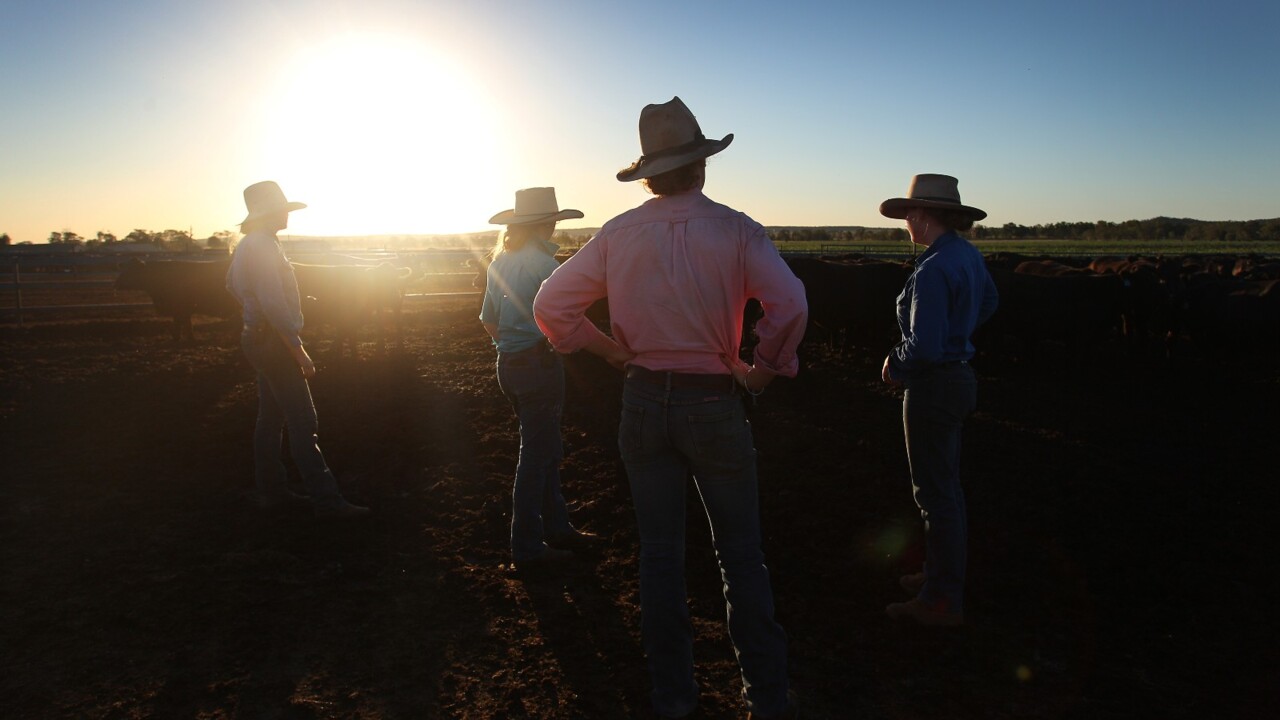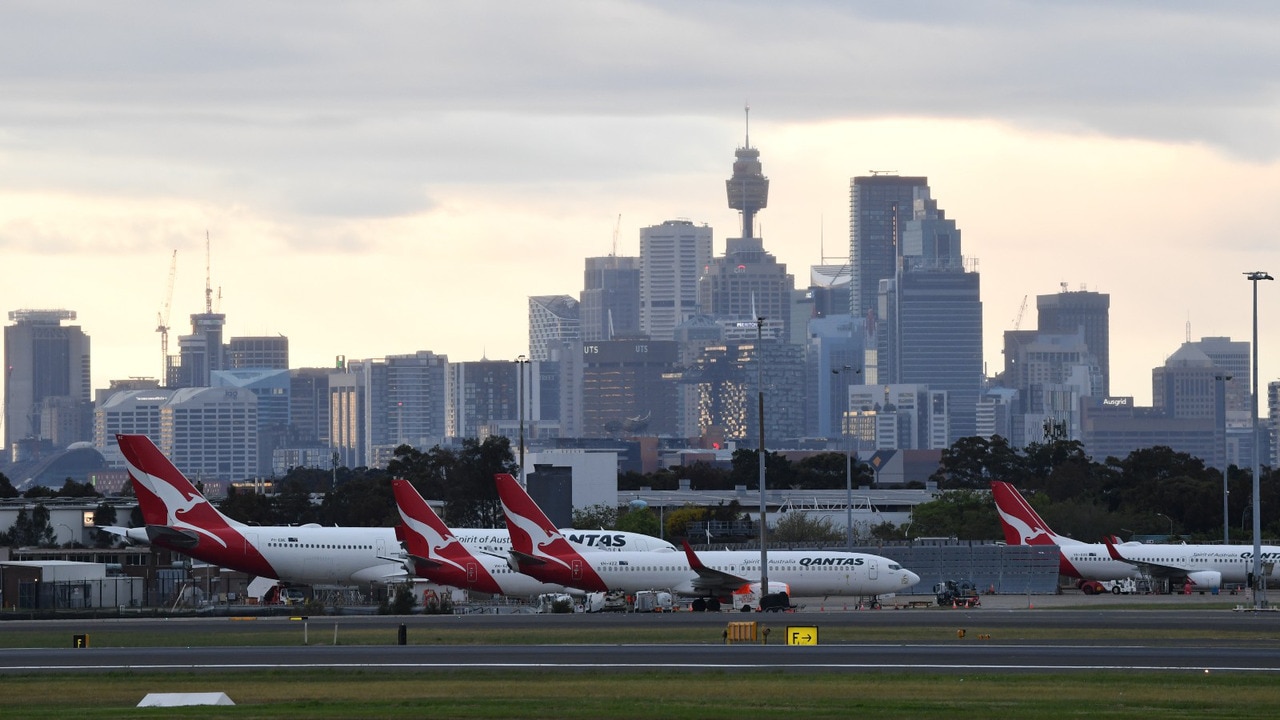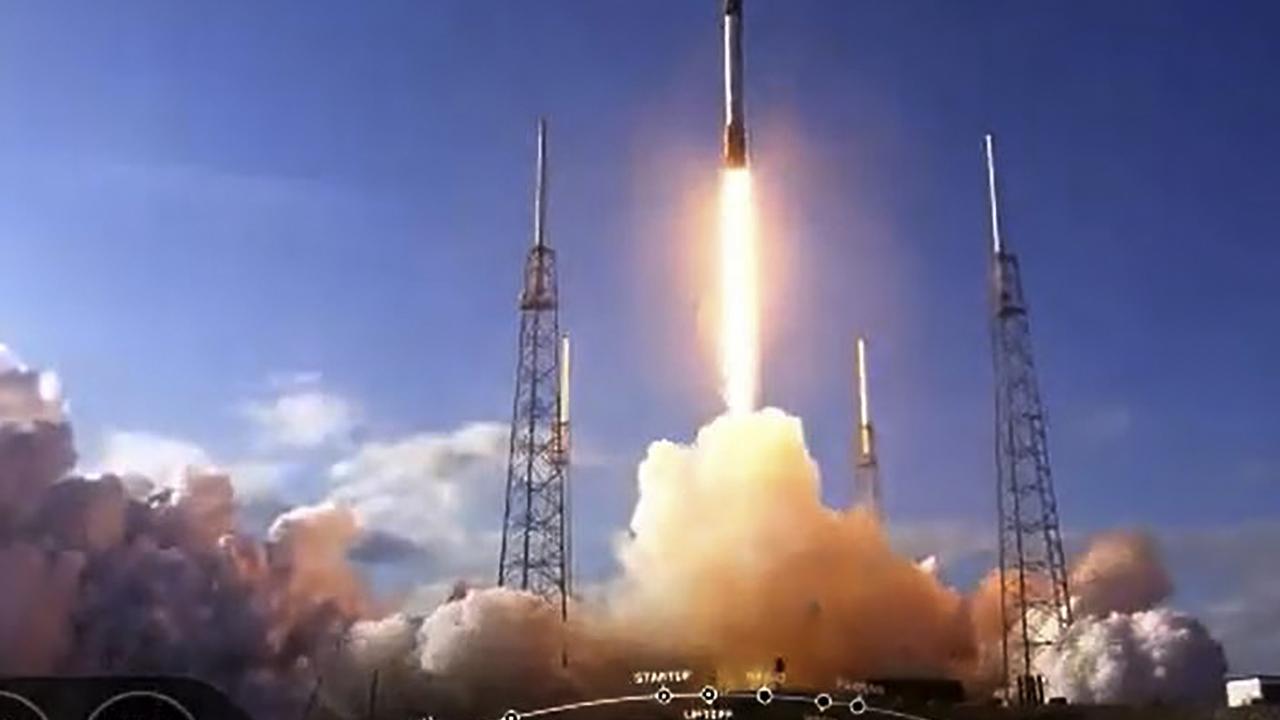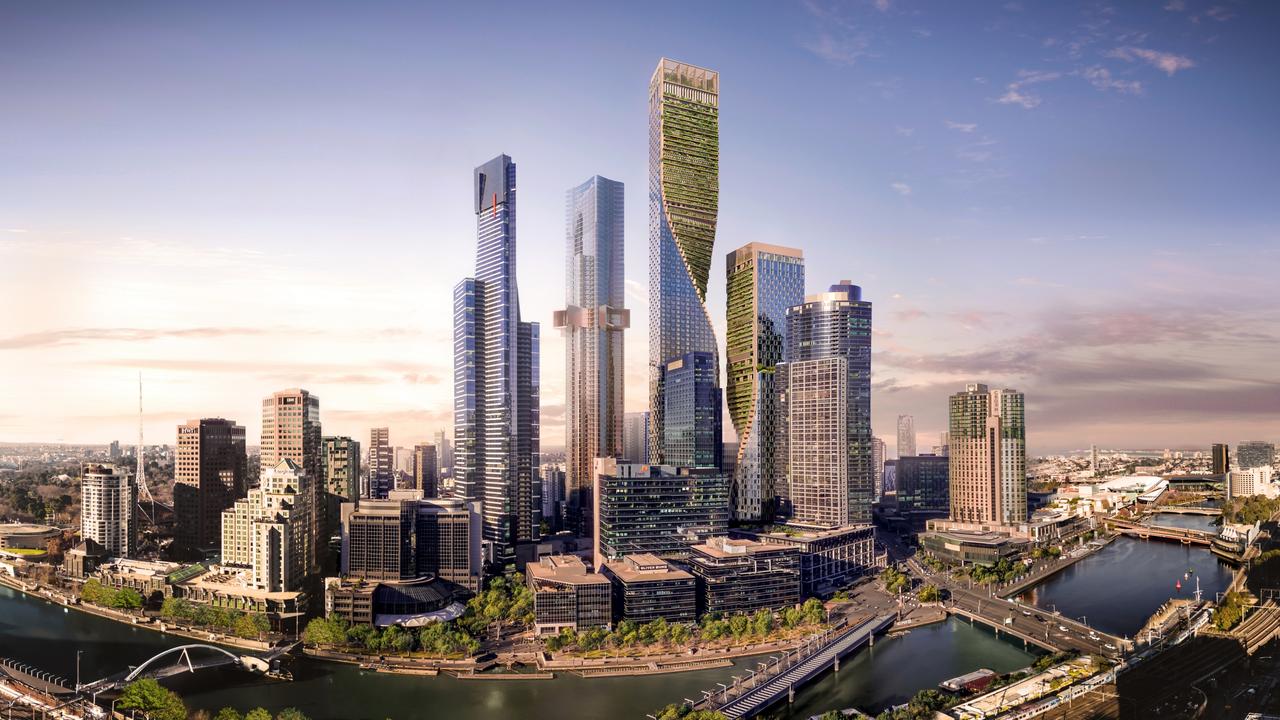20-hour Qantas flight tests pilots’ endurance ahead of Project Sunrise services
A Qantas 787 delivery flight has doubled as research for the airline’s ultra-long-range services, to test pilots’ endurance over 20 hours.

Business
Don't miss out on the headlines from Business. Followed categories will be added to My News.
Qantas has used a Boeing 787 delivery flight to undertake further research on pilot fatigue ahead of ultra-long-range Project Sunrise services due to start in 2026 or 2027.
The 787-9 registered VH-ZNL is among three new Dreamliners that went straight into storage at Victorville, California in late 2020 after being produced for Qantas by Boeing.
With demand for international travel rebounding strongly when borders reopened, Qantas began the process of bringing the three wide-body aircraft out of storage late last year.
VH-ZNL which has been christened “Billabong” is the first to arrive in Australia following a marathon flight from Seattle in the US to Melbourne, with a detour over the Great Australian Bight.
In total, the flight flew for 19 hours and 59-minutes over a distance of 17,012km, touching down at Tullamarine Monday morning.
Although Qantas was reluctant to discuss the sort of research being undertaken, it’s understood the flight crew consisting of a captain, two first officers and one second officer, were monitored throughout the marathon flight for fatigue.
The distance was similar to that of the Project Sunrise flights which will operate non-stop from Sydney to New York (16,200km) and Sydney-London over 17,016km.
Research flights conducted in 2019 by Qantas took 19 hours and 19-minutes from London to Sydney, and 19-hours and 16-minutes from New York to Sydney.

After being delayed by the Covid pandemic, the services were slated to begin in late 2025, putting Australians within one flight of virtually any destination in the world.
However, the most recent update from Qantas CEO Alan Joyce indicated the services would not start until the 2026-27 financial year with Sydney-London first.
Qantas has ordered a dozen Airbus A350-1000s to operate the services, with the first due for delivery in 2025.
Airbus is configuring the aircraft especially for the ultra-long-range flights, with a large extra fuel tank and a “wellbeing” zone for passengers to promote movement, stretching and hydration.
The Qantas A350-1000s will have fewer seats than the same aircraft used by other airlines, in expectation of greater demand for premium cabins on the near 20-hour flights.
Whereas Qatar Airways has 327 seats on its A350-1000s, Cathay Pacific 334 and British Airways’ 331, Qantas will offer only 238 seats.
That will include six in first class, 52 in business, 40 premium economy seats and 140 economy.
Seats in economy will have one extra inch of legroom than the 787-9s, at 33-inches (84cm) to 32 (81cm).
Airfares are expected to reflect the reduced number of seats, although Mr Joyce has previously suggested prices would be on par with those charged on Qantas’ Perth-London services.
Currently, fares are available on that route for around $3500 return in economy, and between $14,000 to $15,000 return in business class.
The final two 787-9s registered VH-ZNM and VH-ZNN are expected to be brought to Australia in coming months, bringing much needed capacity to the Qantas international fleet.
Three A380s are also in the process of being returned to service after almost 1000-days in the California desert.
More Coverage
Originally published as 20-hour Qantas flight tests pilots’ endurance ahead of Project Sunrise services





